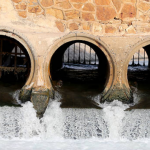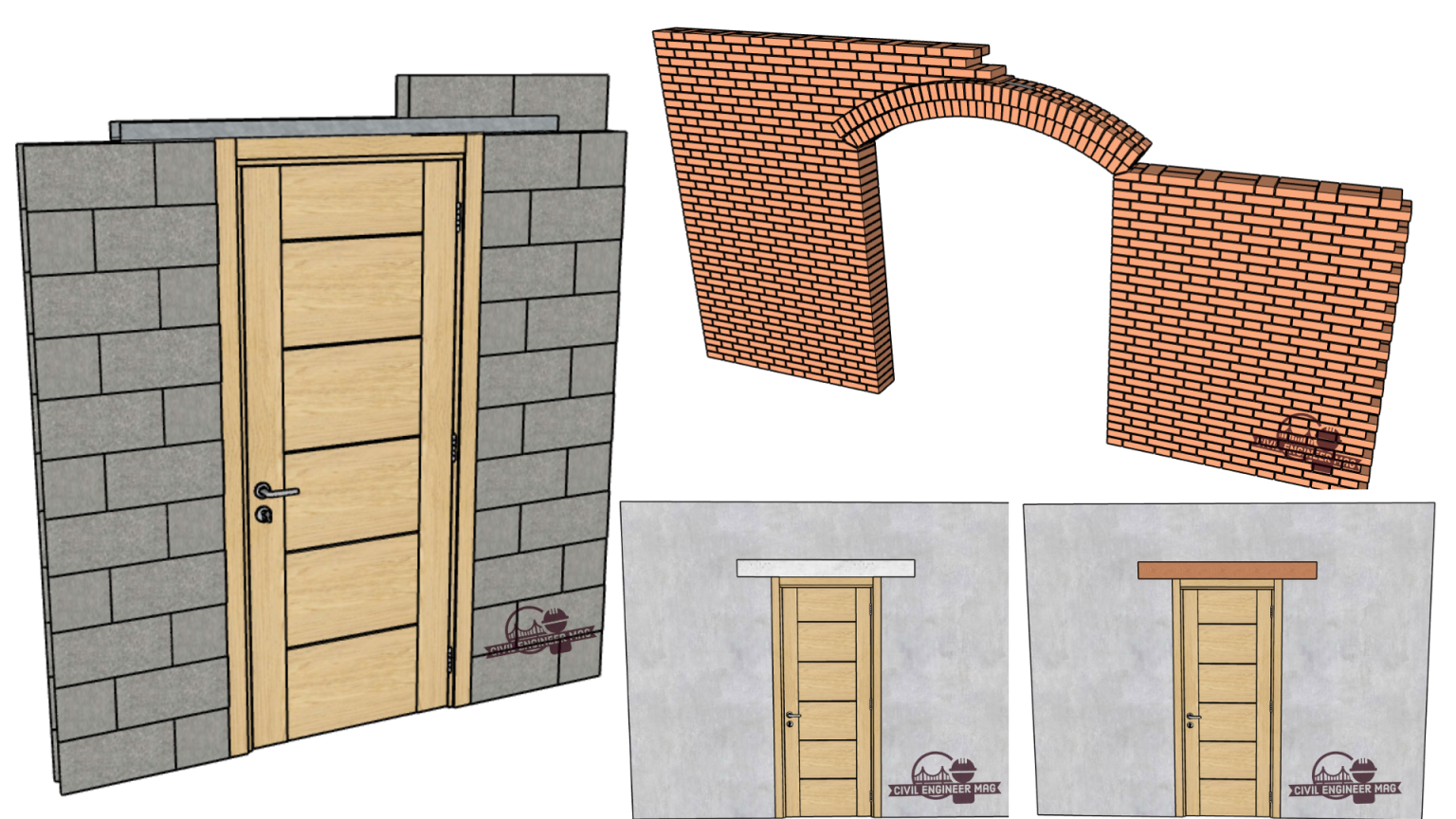
The different types of lintels used in building construction will be covered in this article. Lintels can only be classified based on the materials used in their construction.
What is lintel?
A lintel is a structural component that holds across openings in a residential building such as windows, doors, and so on to support the weight from the structure above, and the ends of this beam are placed into the wall such that the width of the lintel beam and the width of the wall are equal.
The main function of the lintel beam is to carry loads from above the wall and transmit these loads to the side walls. These beams were constructed using various materials and have a rectangular plan and section.
Lintel Purpose
The lintel beam serves the following functions:
- These beams are used to support the walls above openings such as windows, doors, and other openings.
- These beams are provided as protection for the windows and doors.
- The purpose of installing these beams is to withstand the loads imposed by the bricks or blocks above, as well as to transfer the load to the side walls.
- The lintel beam is also used as a decorative architectural component on occasion.
Types of Lintels
Lintels can be classified based on two classifications:
a) Span
b) Material
A. Classification Based On Span
- Cut lintel or lintel beam
- Lintel banding or continuous lintel
1.Cut lintel or lintel beam
Only the areas above openings are provided with this kind of lintel beam. These lintel beams can be cast in place or precast. Bearings are provided to ensure that the load is properly transferred to the frames of the windows and doors.
These lintels are very common in load-bearing structures. The following minimums define the bearing’s width:
1.10 cm
2. The height of the lintel beam
3. 1/10th to 1/12th of the lintel’s span
2. Lintel banding or continuous lintel
The building’s entire span is supported by this lintel. It functions similarly to another tie beam, connecting all of the structure’s columns. It is primarily constructed of reinforced cement concrete. These lintels are appropriate for use in
- Structures with frames
- Structures on expansive soils.
- Earthquake-prone areas
B. Classification Based On Materials
Various materials are used for lintel construction, depending on the cost and availability of materials. Lintels are classified into the following categories based on their development elements:
- Brick Lintels
- Precast lintels
- Reinforced Brick Lintels
- Reinforced Concrete Lintels
- Steel Lintels
- Stone Lintels
- Timber Lintels
Brick Lintels
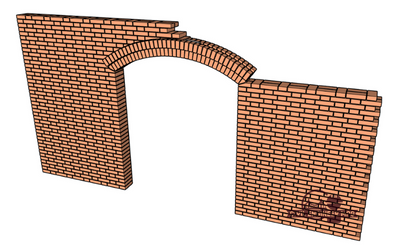
Brick lintels are made of hard, well-burned first-class brick. It can be built with coursed bricks laid horizontally over openings, bricks on edge, or bricks on their ends.
Brick lintels are not structurally strong. The brick lintel is constructed over a temporary wooden center and has a drop that depends on the span.
When a wall opening is small (less than 1 m.) and has light loads, this type of lintel is used.
Their depths range from 10 cm to 20 cm depending on the span, and at the end joints, bricks with mortar-filled frogs provide more shear resistance.
Advantages of Brick Lintel
- It is the most cost-effective type of lintel.
- It is ideal for short distances.
- Since the lintel and masonry are both made of the same material, their thermal coefficients are the same. Thus, it is possible to prevent cracks brought on by thermal stresses.
Disadvantages of Brick Lintel
- Bricks are not particularly strong when used as a lintel.
- Bricks are brittle under tension.
- Brick lintels can only support light loads.
- It is not appropriate for long distances.
- Formworks are required to hold the bricks in place during construction.
- A curing period of at least 2 to 3 weeks is necessary.
Also Read:
- Types of wood joints and their uses
- Structural Member
- Box Culvert Reinforcement Layout
- Steel Deck Installation and Construction
- Types of Beam
Precast Lintel
Precast concrete lintels are inexpensive and provide strong support for structures such as masonry over door and window openings.
Precast lintels are available in a variety of sizes and are used in the construction of residential and commercial buildings.
Reinforced Brick Lintels
Brick lintels have issues with heavy loads and longer spans. These can be overcome by employing reinforcement bars.
The reinforced brick lintels range in depth from 10 cm to 15 cm.
The placement of the bricks should allow for the insertion of mild steel reinforcement bars by leaving enough space lengthwise between the adjacent bricks.
The gaps are filled in with cement mortar, and every third vertical joint has a vertical stirrup with a 6 mm diameter, with the main reinforcement at the bottom.
Reinforced Concrete Lintels
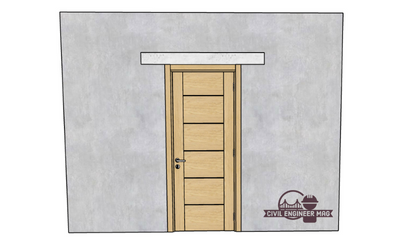
Due to their strength, rigidity, fire resistance, affordability, and ease of construction, reinforced concrete lintels are now frequently used to span openings for doors, windows, and other structural openings. They are appropriate for all loads and spans. The width is the same as the wall’s width, and the depth is determined by the span’s length and the amount of loading.
At the ends of the reinforced cement concrete lintel, where the main reinforcement is located, half of these bars are crank-mounted. To protect the structure from transverse shear, shear stirrups are used.
Advantages of Reinforced Concrete Lintels
- It meets all design requirements for tension, compression, shear, and deflection better than any other lintel.
- Precast RCC lintels can help to accelerate the construction process.
- It can be provided for long periods of time.
- It is reasonably priced for the design requirements it fulfills.
- It is simple to build.
Disadvantages of Reinforced Concrete Lintels
- Formworks are required to support the concrete during the construction process if it is cast on-site, and a minimum curing period of 28 days is required.
Steel Lintels
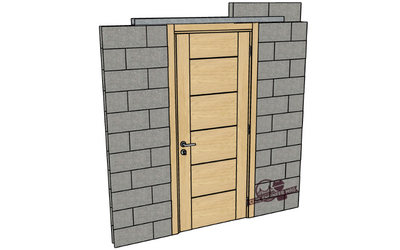
When the superimposed loads are heavy and the apertures are large, they are used. These are built of rolled steel joists or channel sections. Depending on the requirements, designers can employ a single portion or a combination of portions.
When utilized individually, the steel joist will either be embedded in concrete or clad with stone facing to maintain the width of the wall as is. Tube separators keep several units in place when they are positioned next to each other.
Advantages of Steel Lintel
- It is suitable for a long span, and because steel is lightweight, it is easy to handle and transport.
- Steel is a versatile material that can be formed into any shape.
- Steel that has been prefabricated expedites the construction process.
- There is no need for curing or formwork.
Disadvantages of Steel Lintel
- It is prone to corrosion.
- The risk of fire exists.
Stone Lintels
Lintels made of stone are often used. These types lintels are used where there are stones available near the construction site. Stone lintels are employed in architectural masonry types of construction because they may provide the building with incredible strength and look. The stone sizes are designed to meet the needs. The slabs of stones of suitable length are flaws in the combining of many pieces are used to construct these stone lintels.
Advantages of Stone Lintel
- It has an aesthetically pleasing and elegant appearance.
- No formwork or curing is required.
- It is very inexpensive if the stones are locally available.
- It is ideal for short distances.
Disadvantages of Stone Lintel
- It has a very low tension.
- It cannot be used over long spans.
- It is not resistant to vibrations, earthquakes, or shock waves
- It may be expensive if it is not available locally.
Timber Lintel
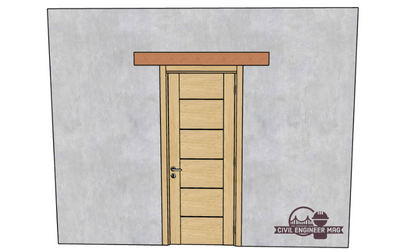
Timber or wooden lintels are the oldest types of lintels and are popularly used in hilly regions where timber is not available locally, but they are being replaced by several modern techniques.
Timber lintel beams are more expensive, less durable, and more prone to fire, and they are secured with steel bolts.
If the opening length is greater than two, it is built by joining more than two wooden pieces.
It is made up of two or more wooden pieces that are separated from one another by wooden packing pieces and occasionally by the addition of mild steel plates to the tops of the pieces.
Advantages of Timber Lintel
- It is simple to build.
- Suitable for temporary structures
- Formwork is not required.
- There is no need for a curing period.
Disadvantages of Timber Lintel
- If wood is not properly maintained, it will decay.
- It is significantly more expensive than the alternatives available.
- It is prone to fire.
- Wood is not strong enough to withstand the lintel’s tensions, compression, and shear forces.
- These lintels are not used in permanent structures.


